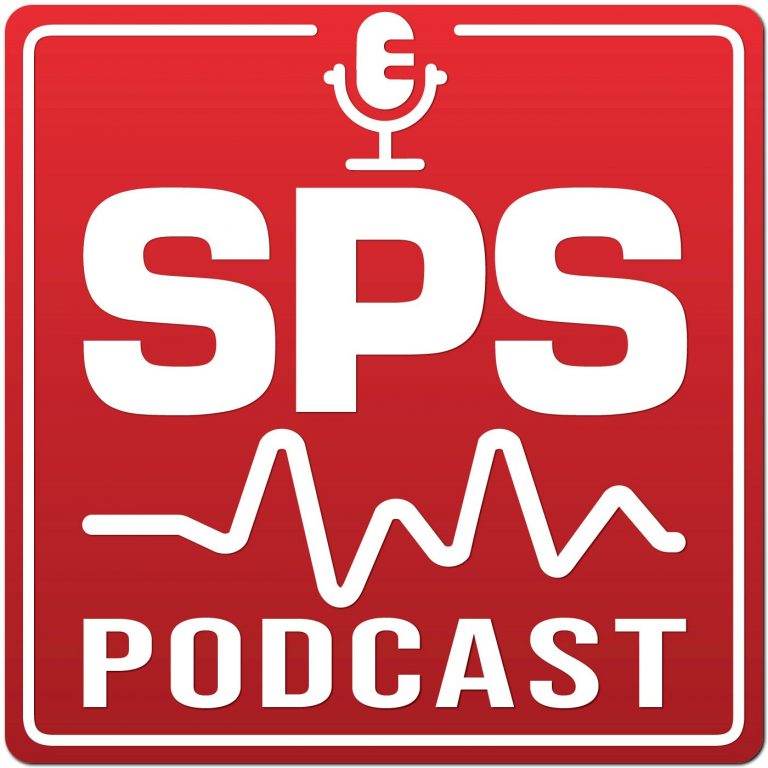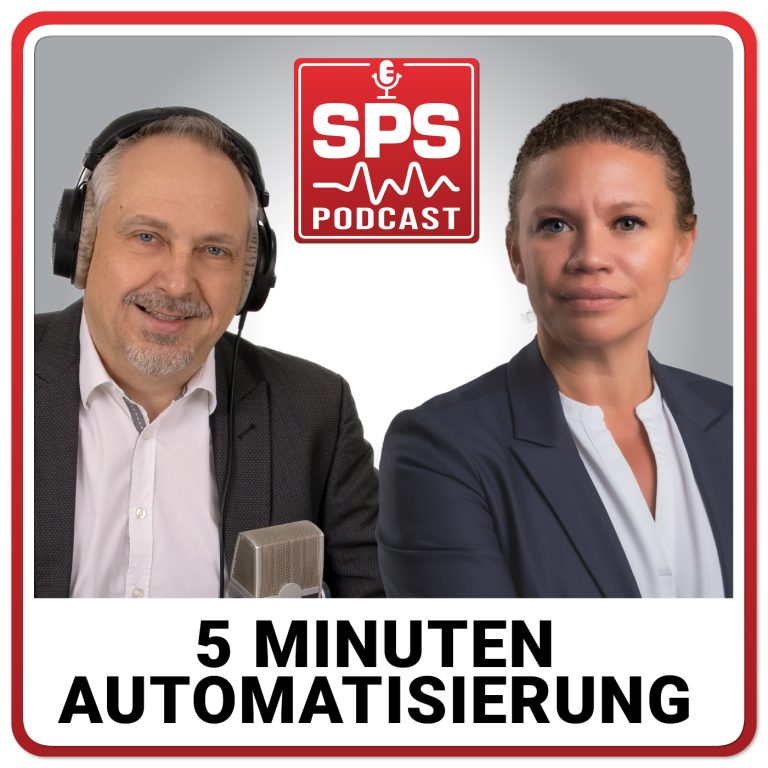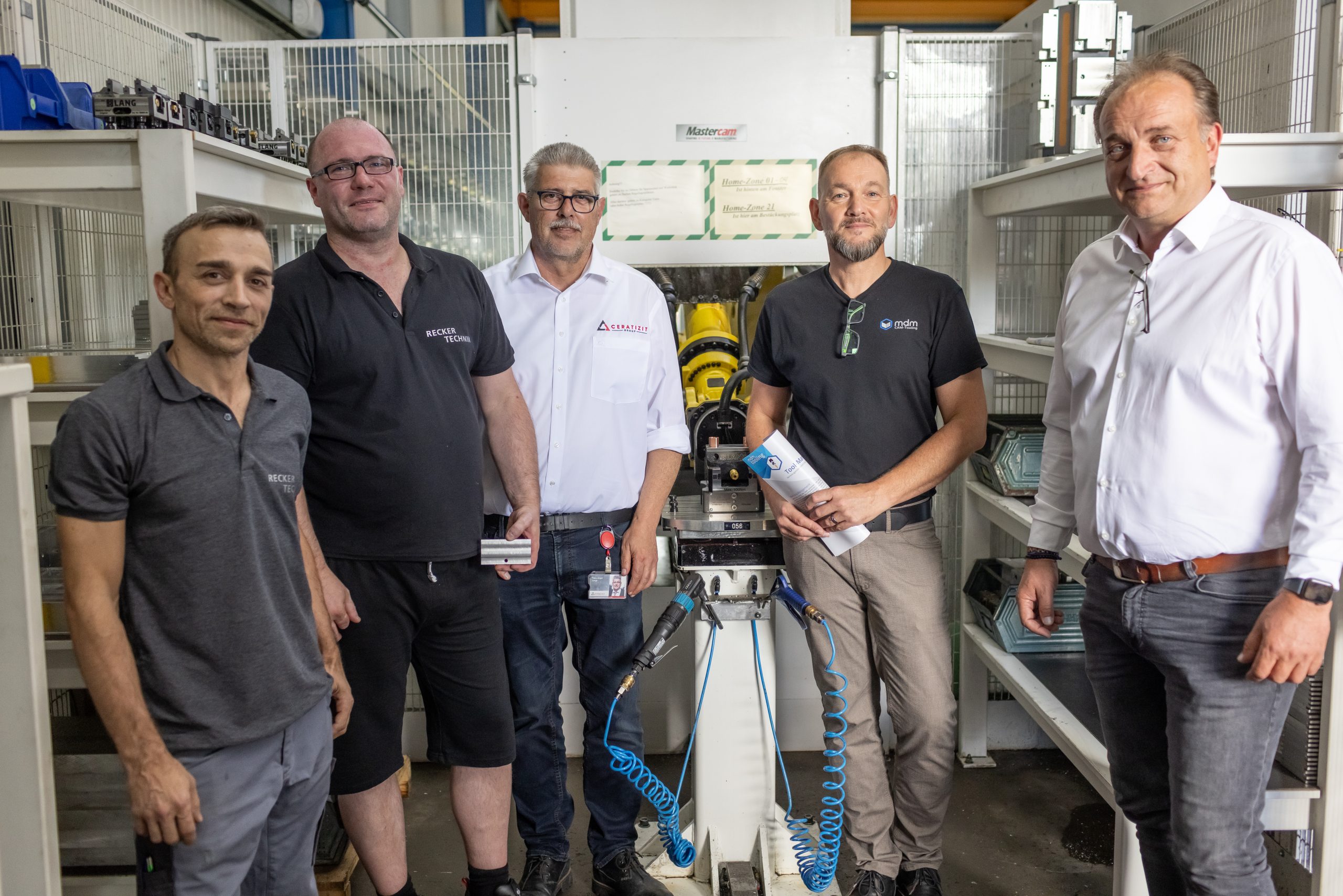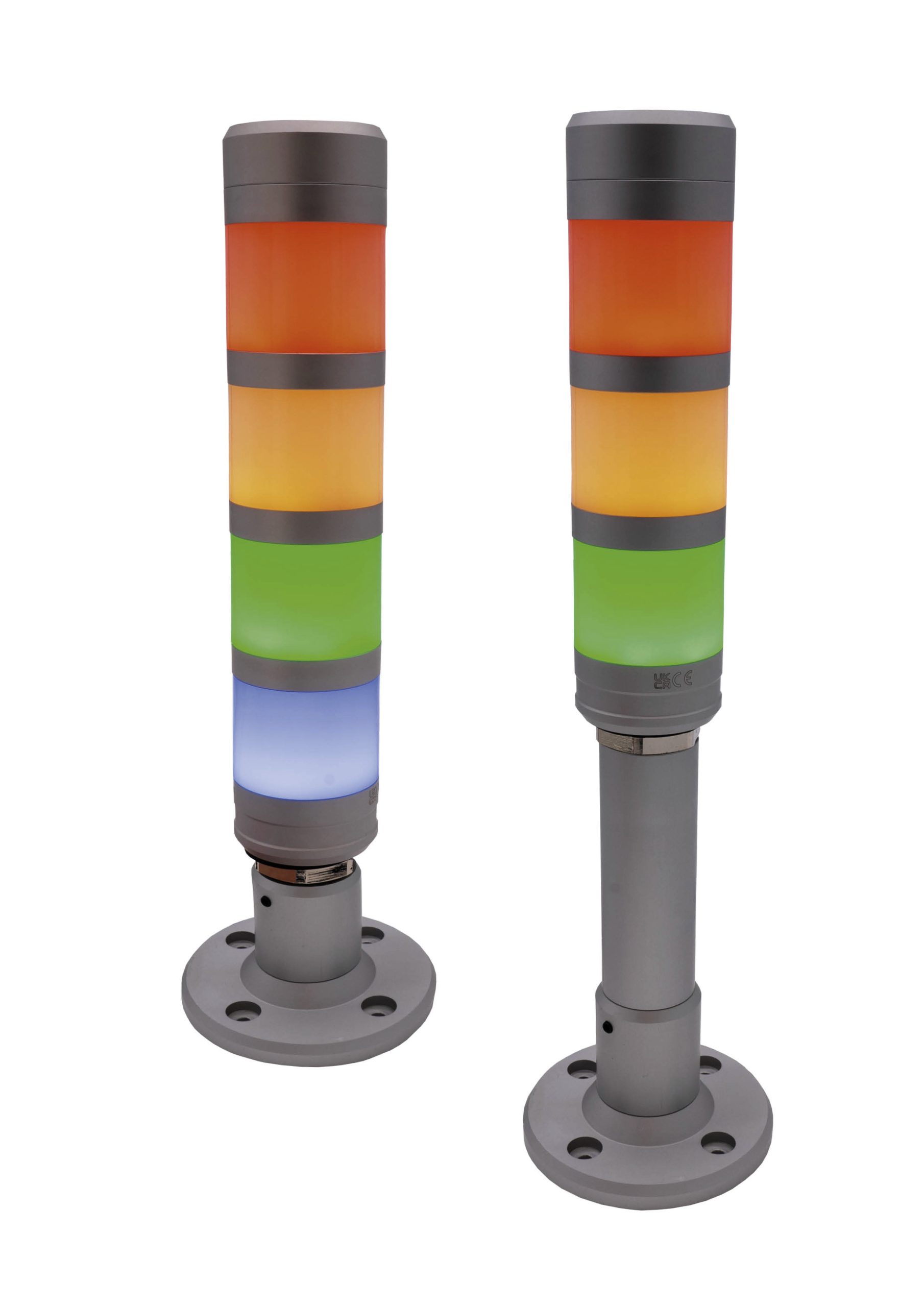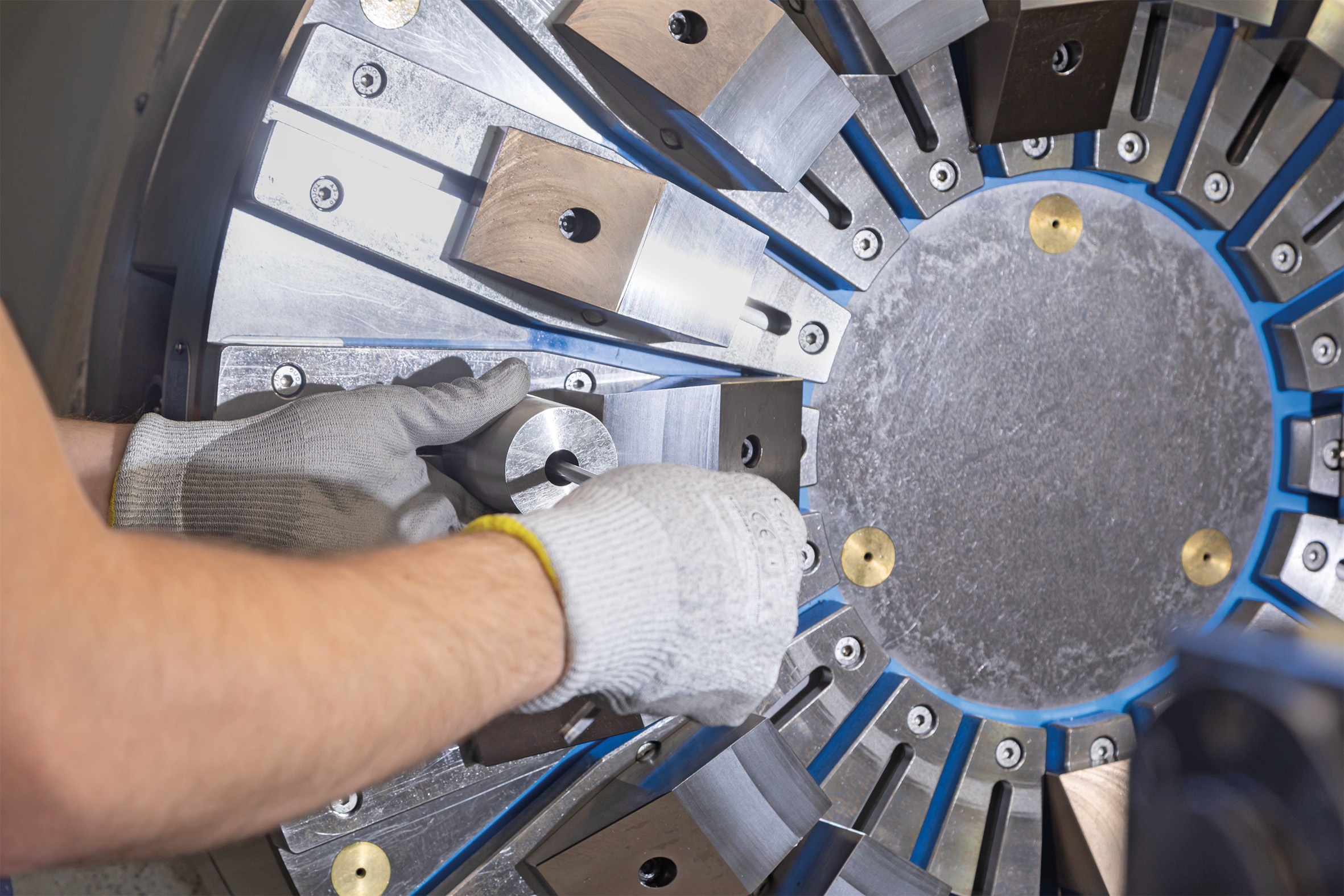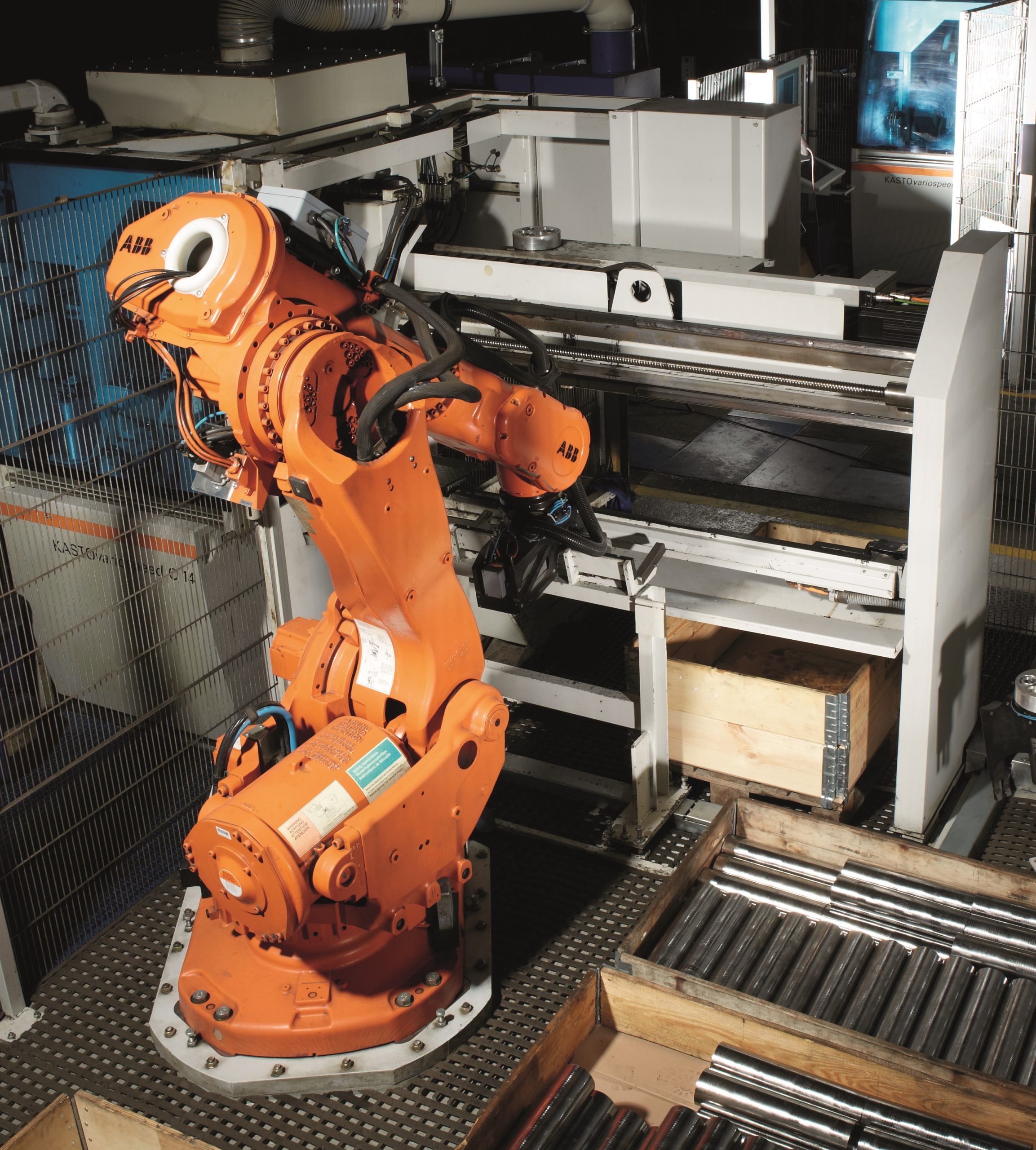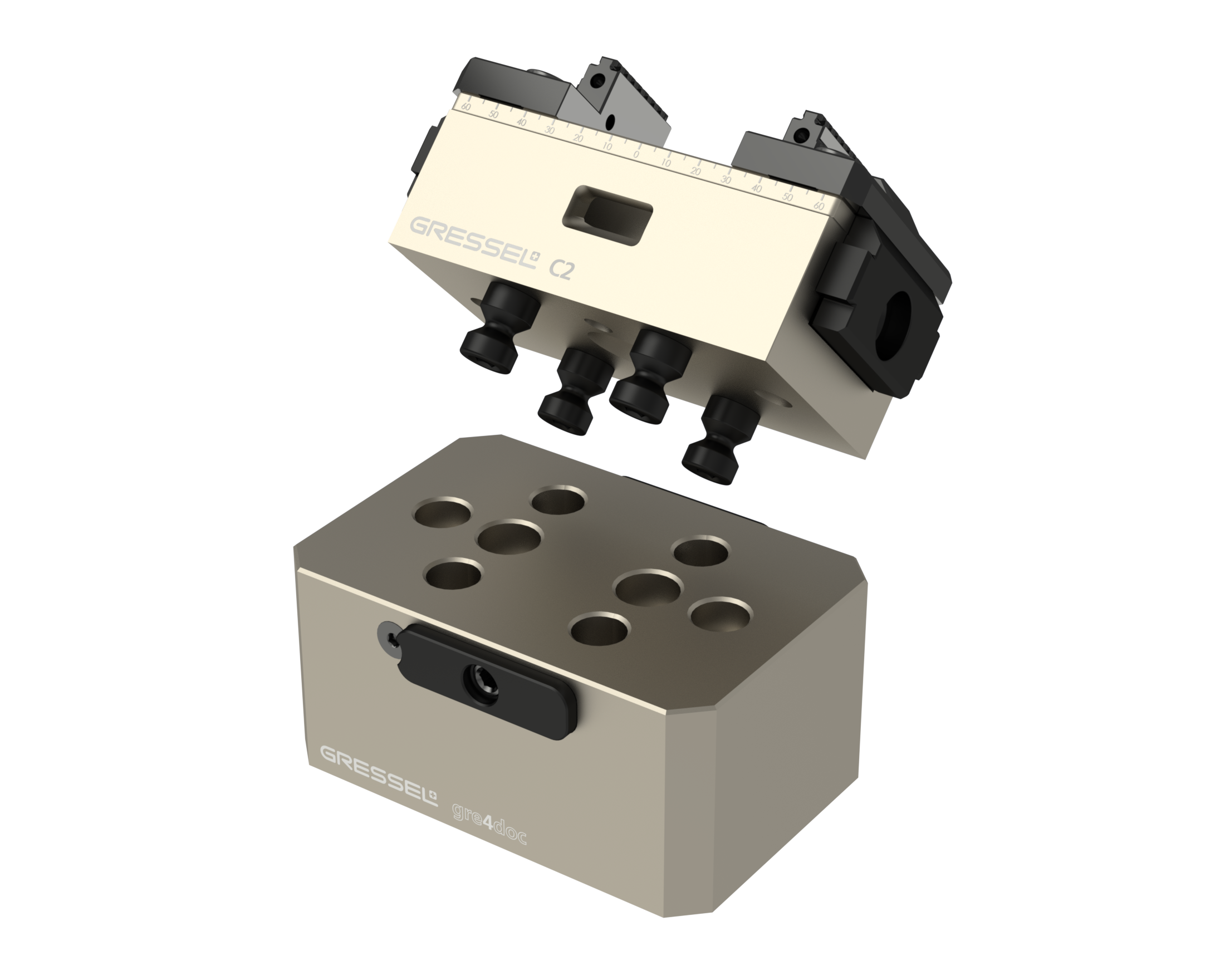Ironically, the free time Americans once had that helped boost RadioShack\’s fortunes in the \’60s, \’70s and \’80s were eliminated, in part, by the very technologies it helped create. The article notes how Apple\’s Steve Wozniak relied on RadioShack for parts when he was developing what eventually became the first Apple computers, and how Microsoft\’s Bill Gates wrote the operating system for RadioShack\’s TRS-80 computer. So what does this have to do with industrial automation? I sense a shift happening in the automation space. That shift, though clearly not leading away from innovation, seems to represent something of a slowing in the near constant stream of new product introductions across the board. This slowing does not portend a slowdown of the automation industry, but rather a shift toward a greater focus on the application of technologies via Industry 4.0 and the Internet of Things (IoT). Having covered the industrial technology space for more than two decades now, I get the sense that these two initiatives – Industry 4.0 and IoT – are forcing the real-world application of technologies the automation industry has been promoting for years. In fact, one of the reasons I believe IoT has generated so much interest is that it\’s more about implementing sensor, communication/networking, safety and associated digital production systems in an interoperable fashion than it is about any entirely new technology. One of the knocks on the industrial technology sector has always been that, for all the wonderful talk about cutting-edge hardware and software automation technologies, many manufacturers still use in-house designed Excel worksheets and other simple tools to manage production as much, if not more, than they use advanced automation technologies. You can argue that this increased focus on application is ultimately being driven by government initiatives such as Industry 4.0 and the push toward IoT by the biggest technology players – and you\’d be right. But the result is, nonetheless, a greater focus on the application of technologies rather than the perpetual innovation of them as the principal focus of automation companies in general. Make no mistake, innovation in the industrial sector will not cease or be relegated to the backseat. However, I do believe it will begin to stand on a more equal footing with real-world implementations and results. Just last month, while attending the ARC Industry Forum in Orlando, I saw evidence of several innovative technologies, most notably the new automation products from Bedrock Automation (see \’Industrial Control Redesigned\‘, awgo.to that demonstrate innovation is alive and well in the automation sector. But as interesting as any new technology may be, the real test of its viability lies in its application – and not in a few instances, but widely. As for how this relates to The Wall Street Journal\’s RadioShack article, I think that, just as the tech industry developments fostered by RadioShack spelled its demise, the automation industry is wise to avoid any possibility of a potential downturn by focusing on application and, as a result, keeping in close contact with what matters most to its customers. As Peter Holicki, corporate vice president at Dow Chemical, stated in his keynote at the ARC Forum, the only technology applications he\’d ever seen succeed were those in which the technology was clearly aligned with the business strategy. Building off of Holicki\’s statement, the lesson from RadioShack could well be that the law of unintended consequences can create an outcome for your business that is likely to be quite different from anything you could possibly envision. Since no one has a crystal ball, all anyone can do is focus on what matters. And successful applications are what matters to the automation technology industry.
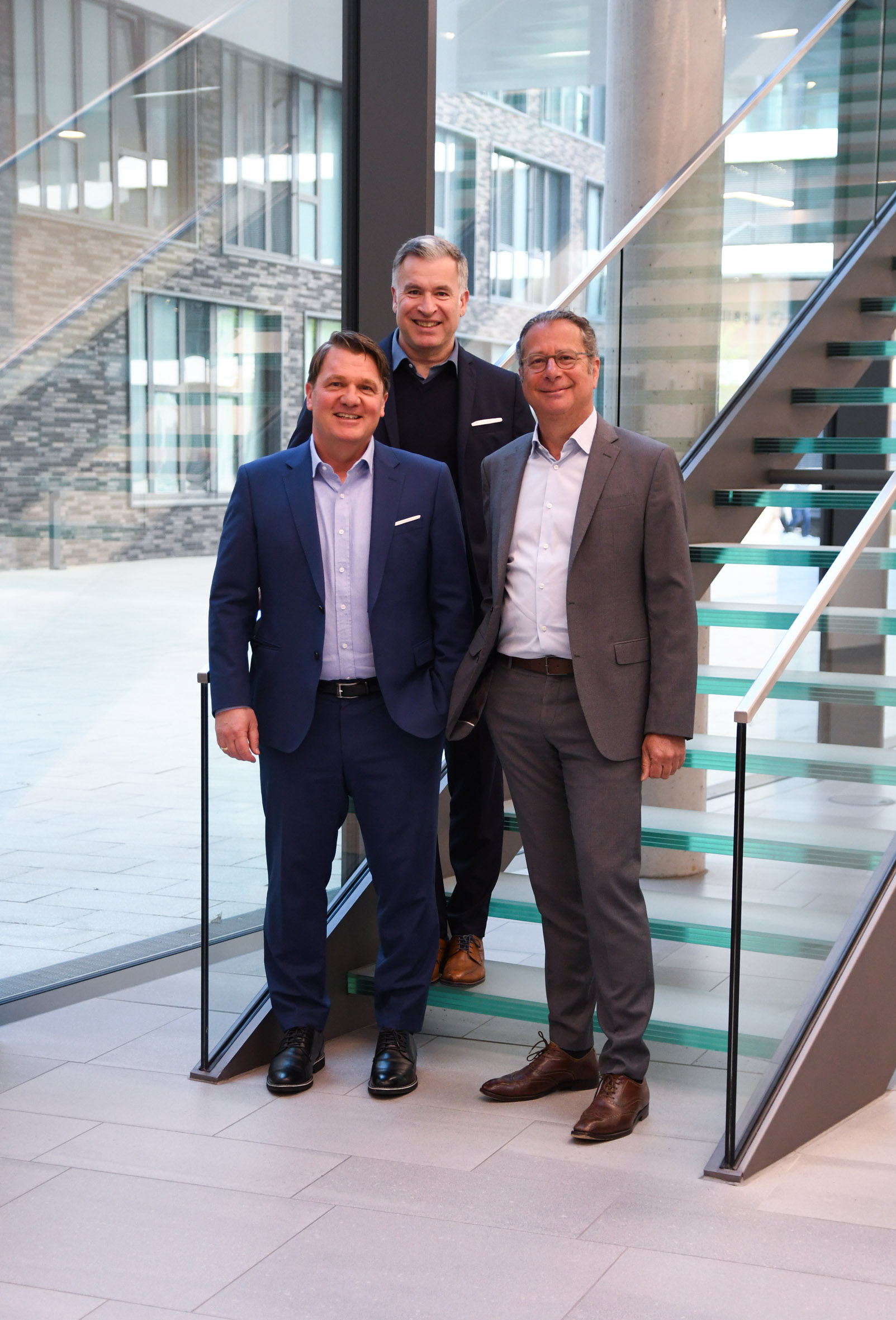
Mitsubishi Electric richtet Führungsteam neu aus
Mitsubishi Electric richtet sein Führungsteam neu aus: Holger Thiesen, bislang General Manager Mitsubishi Electric, Living Environment Systems und Branch Vice President der deutschen Niederlassung, hat sich mit Beginn des neuen Geschäftsjahres am 1. April aus der operativen Verantwortung der Division Living Environment Systems zurückgezogen.
